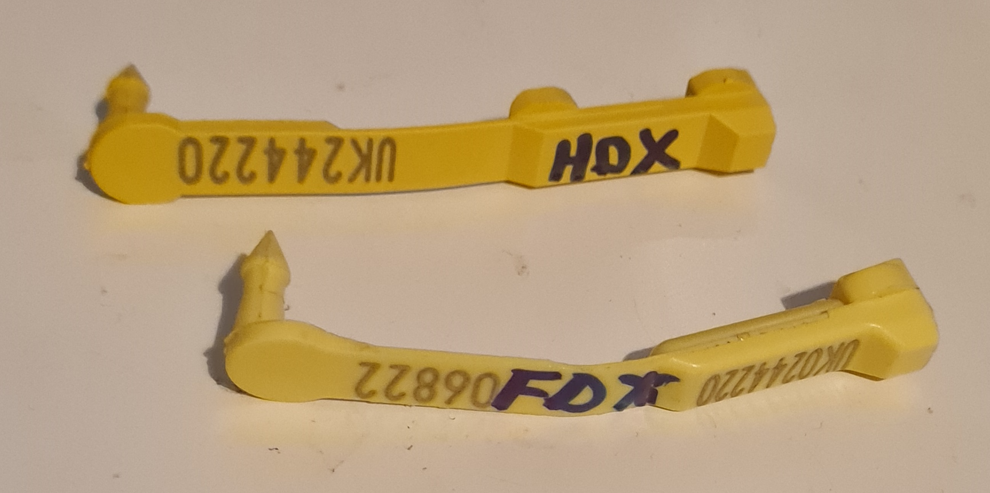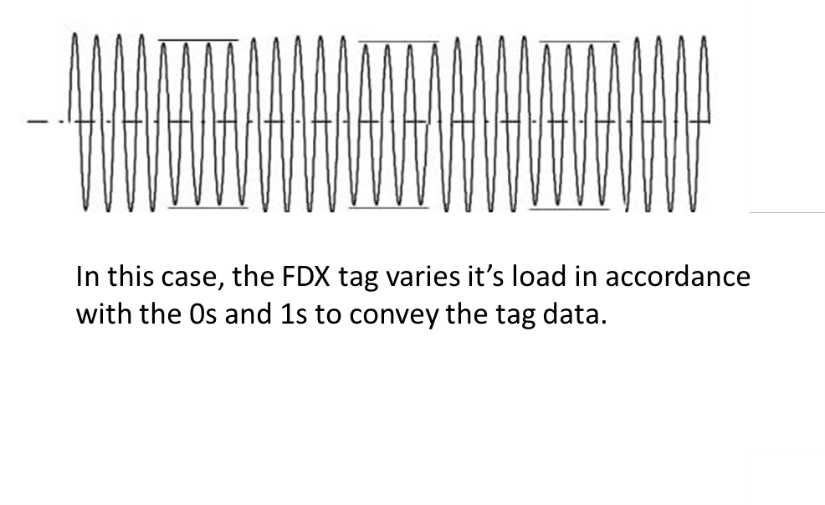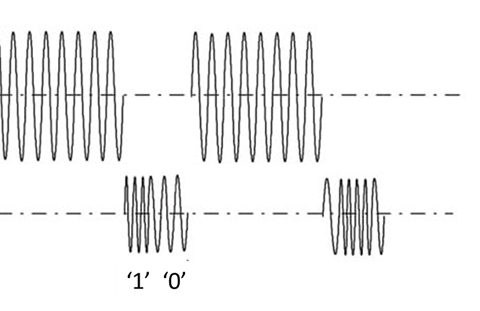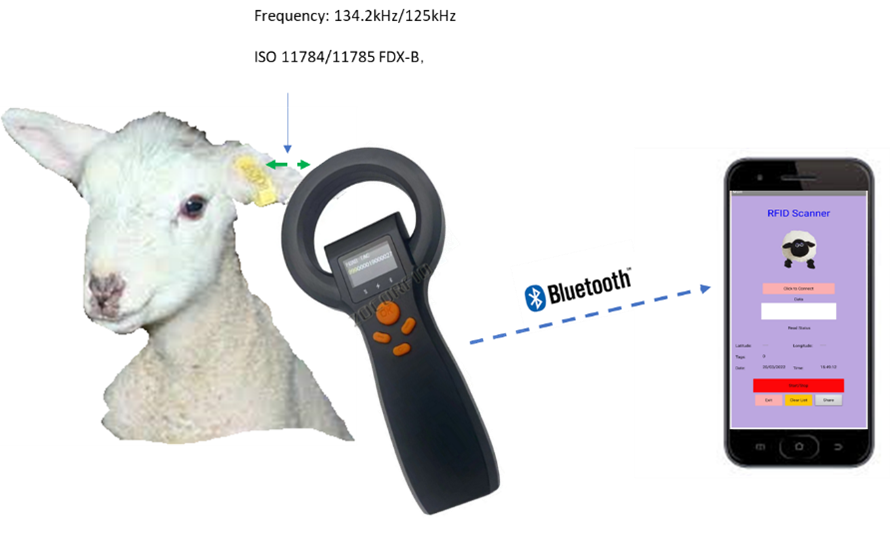Animal Tag Reading
I started a new project running to provide a reader for tags used by the farming community to keep inventories of their animal stock. This came about because my son in law has a small flock of sheep and commercially available readers are prohibitively expensive for small holdings, so I thought I would investigate providing something more cost effective. Animal tags generally use low frequency RFID. Readers use magnetic fields to supply power to a passive tag (i.e., that has no battery) which then can send tag data back to the reader.
The ISO 11784/11785 standard specifies protocols so that tags and readers from different manufacturers can work together. There are two main types of systems, FDX and HDX, RFID readers are available for FDX, HDX or both.

Not so easy to tell which tag has which technology.

Full duplex RFID (FDX) generates a continuous magnetic field which powers the tag to respond immediately. The tag varies the load on the signal with a different load for a ‘0’ and a ‘1’ (amplitude modulation). This method is used to transmit a unique identification number in 128 bits of information. Tags repeat their message while powered by the field up to 30 times per second. FDX tags can be made very small and thin due to their simple construction of a coil, ferrite rod and a chip. Very small tags have short read range and so are primarily used for proximity or hand scanning.

A half duplex (HDX) RFID reader generates short magnetic pulses that wirelessly charges a capacitor inside an HDX tag. A capacitor is an electronic component which can store energy and once charged, it acts a bit like a battery until either the stored charge is used up or it leaks away. When the charge field turns off, the tag uses the stored energy to power it’s transmitter to send the tag number back to the reader. HDX uses Frequency Shift Keying (FM) which is simply two frequencies, one representing a 1 (124.2 kHz) and a different frequency representing a 0 (134.2 kHz). HDX conveys 112 bits of information.



